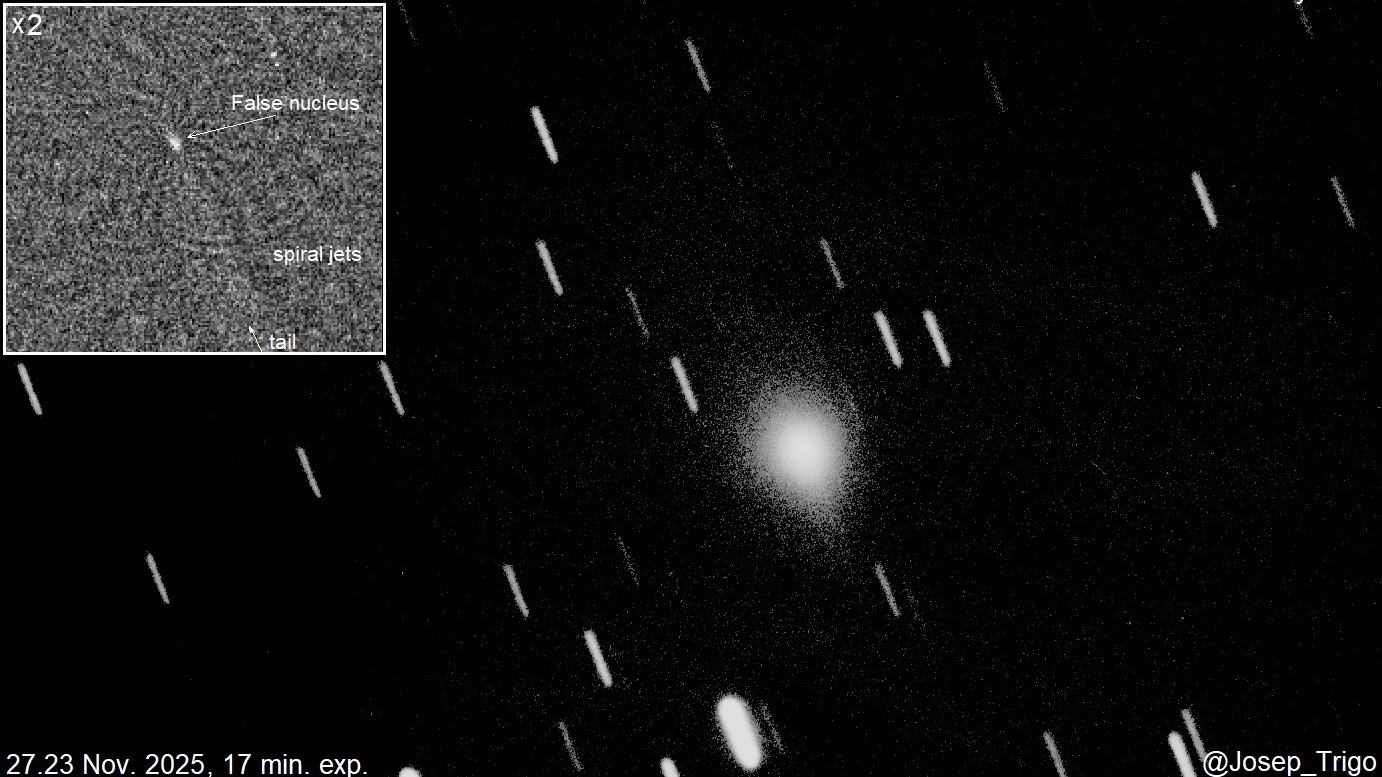In Photos: 'Cachette of the Priests' Discovered in Luxor
Countdowns
By
Owen Jarus
published
Archaeologists near Luxor, Egypt, have discovered 30 sealed wooden coffins with mummies inside, some of which belonged to ancient Egyptian priests. The archaeologists have named the extraordinary finding the "cachette of the priests."
The Coffins

Ancient priests

Mummy wrappings
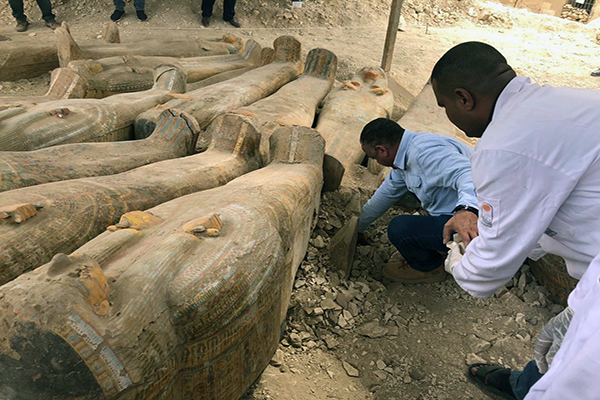
Minister of Antiquities
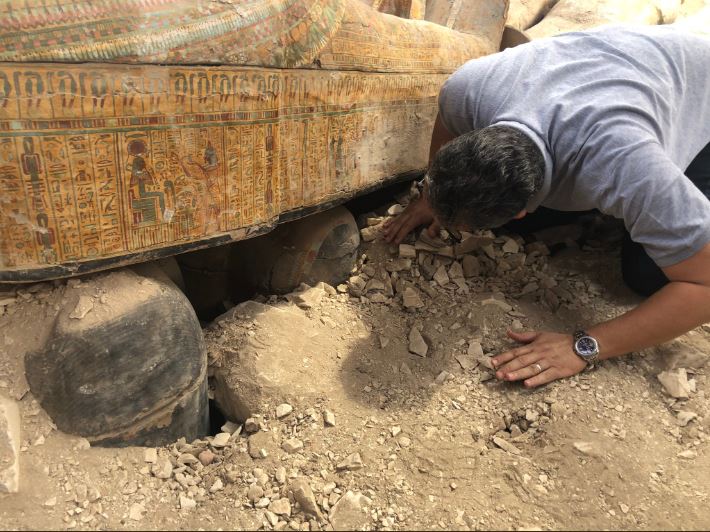
Vivid colors
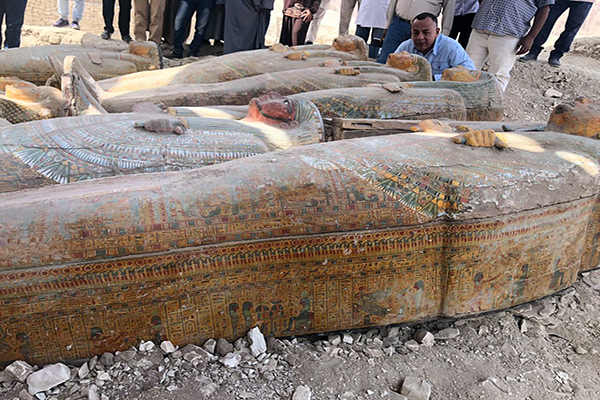
Carefully carved
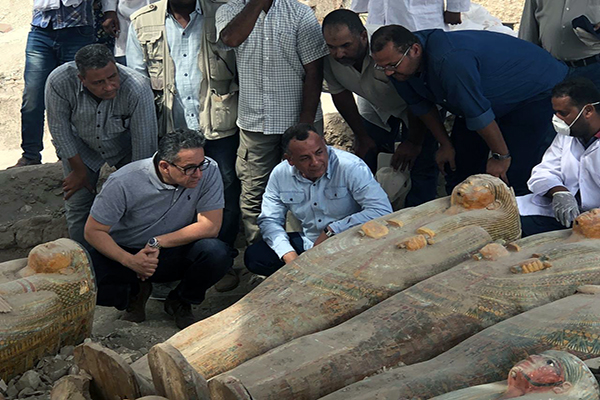
Arranged in layers
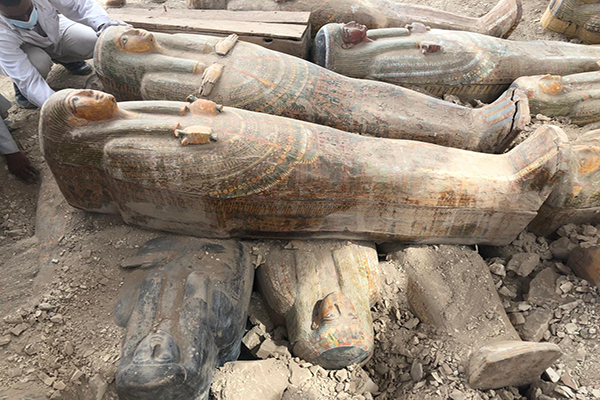
Ongoing analysis
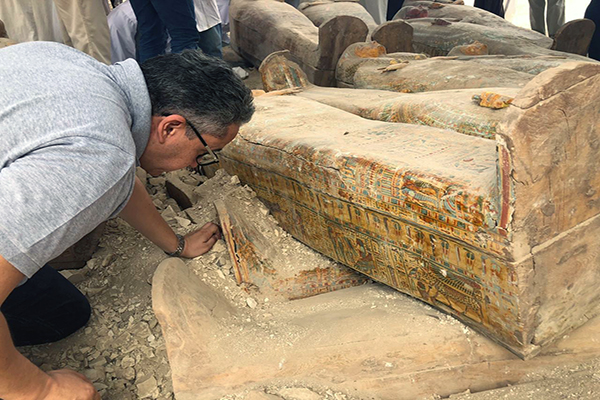
- In Photos: The Mummy of King Ramesses III
- Photos: The Amazing Mummies of Peru and Egypt
- The 25 Most Mysterious Archaeological Finds on Earth
Originally published on Live Science.

Sign up for the Live Science daily newsletter now
Get the world’s most fascinating discoveries delivered straight to your inbox.
TOPICS
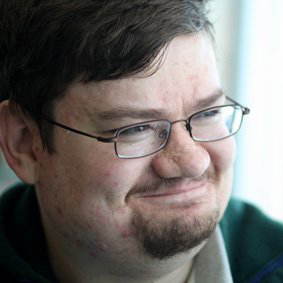
Live Science Contributor
Owen Jarus is a regular contributor to Live Science who writes about archaeology and humans' past. He has also written for The Independent (UK), The Canadian Press (CP) and The Associated Press (AP), among others. Owen has a bachelor of arts degree from the University of Toronto and a journalism degree from Ryerson University.
LATEST ARTICLES


